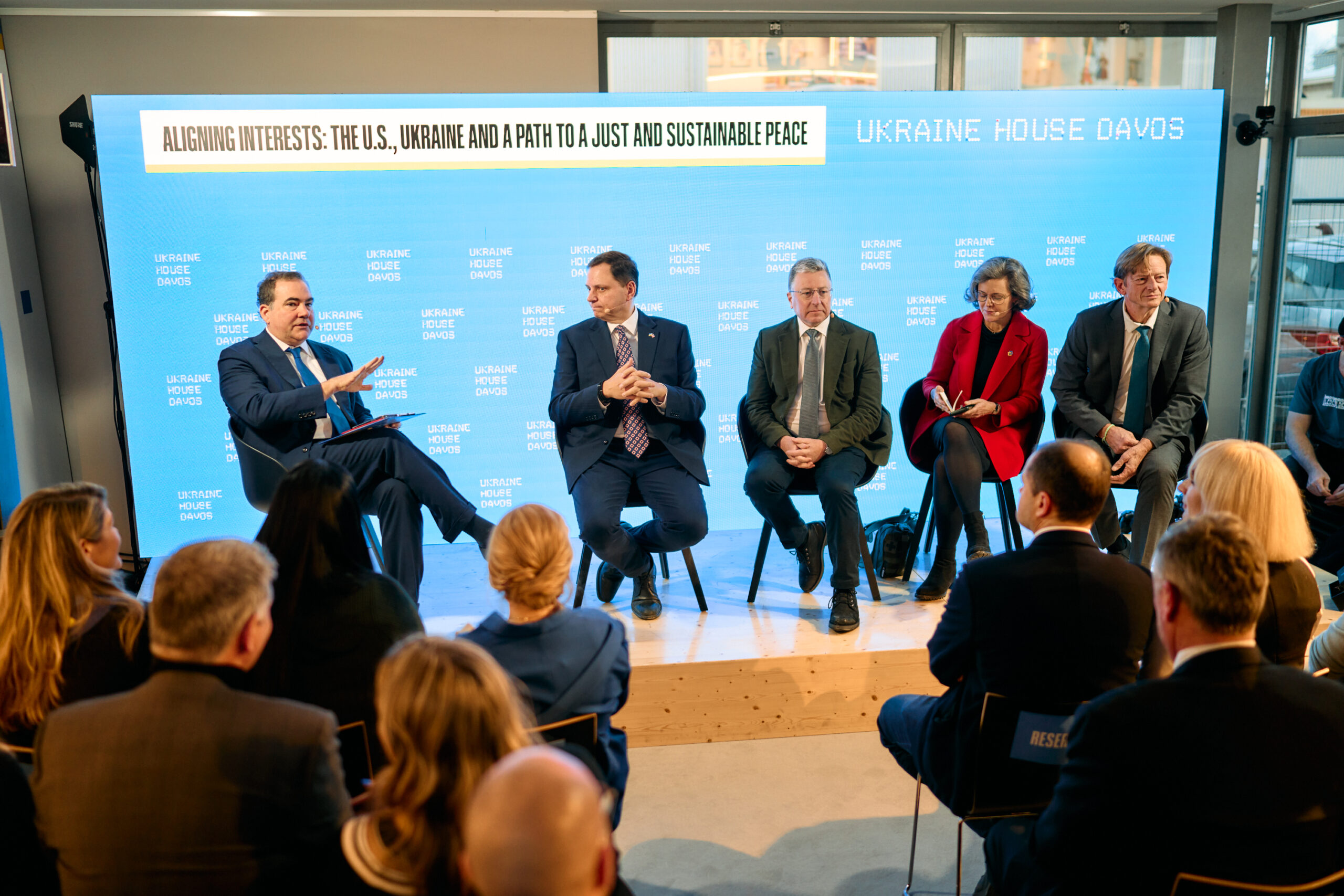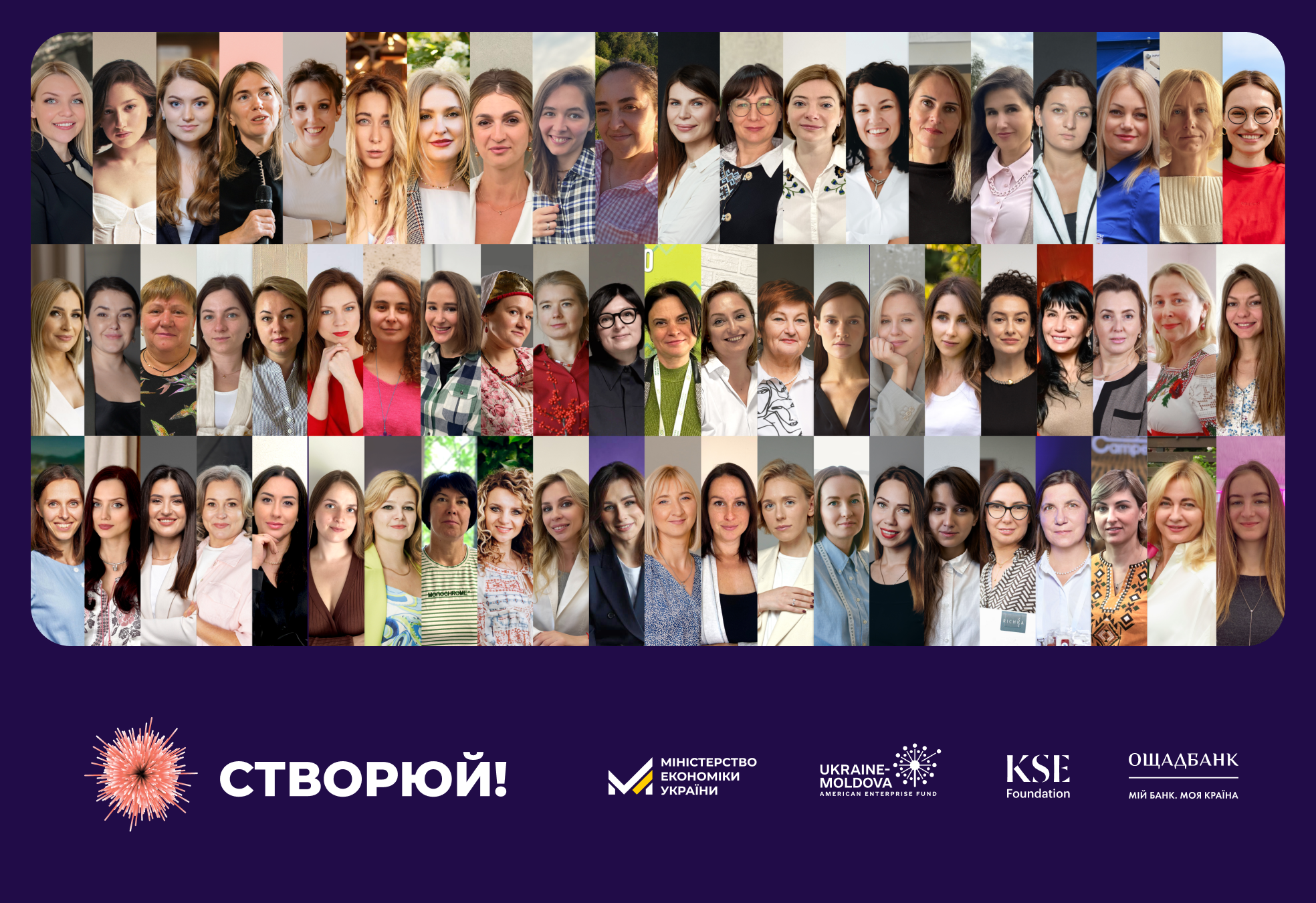13 Dec 2024
Local Economic Development
Growth Poles: Ukrainian Way to Economic Recovery and EU Integration

To recover, Ukraine needs efficient regional policy instruments that need to be implemented today. ‘Growth poles’ can become the focal point of regional development and economic growth. This involves facilitating economic growth in the so-called “poles” or “centers”, progressively expanding development to neighboring territories and periphery.
A study was conducted by experts from the NGO EasyBusiness jointly with Ukraine-Moldova American Enterprise Fund (UMAEF) as part of the Regional Growth Poles of Ukraine project. The study explored the potential of a policy based on the growth poles/centers methodology. The findings were presented in Kyiv at the event “Growth Poles: The Way to Economic Recovery and European Integration of Ukraine”.
Vitalii Bezgin, Member of Parliament of Ukraine, identifies three key factors that will drive the introduction of growth poles in Ukraine: territorial inequalities between and within regions, European integration processes, and post-war recovery.
“The imbalance between different regions of Ukraine is growing due to the war and migration from east to west. The European Union’s Cohesion Policy addresses the territorial, social and economic disparities that exist between different regions of the European Union. Focusing on leveling territorial disproportions, particularly through the concept of growth poles, should become a priority for adapting Ukrainian regional policy to EU approaches.”
The cost of rebuilding Ukraine is rising with each month of the war. The latest official estimate for the damage and reconstruction costs is more than €486 billion, but it has grown substantially over the year. Economic growth is essential not only for recovery, but also for the country’s survival and development. According to Andrii Teliupa, Deputy Minister of Economy of Ukraine, the government believes that economic growth is achieved through co-operation with the regions:
“It is necessary to determine the competitive advantages of each region. Ideally, each region has to make a set of project menus for investors and partners. It is essential to analyze the new economic geography. We are witnessing a surge in industrialization in western Ukraine, with plants being relocated and production facilities established. This should be evaluated and incorporated into the growth poles strategy. From next year, we will collaborate with each region to identify their smart specialization. We will create a regional dashboard with a regional ranking to identify weaknesses and growth poles.”
“While rebuilding, It would be unwise to rely solely on international support. We must pursue economic growth. Growth poles represent an effective mechanism for stimulating economic development, strengthening communities and reducing disparities between regions in Ukraine. UMAEF has been investing since 1994. We have learned that business support is the most effective driver for growth. To be more impactful, it requires a solid foundation: the sustainable development of amalgamated territorial communities, including small ones, and the tools that will enable business growth, attract foreign investment, and help Ukraine grow economically,” noted Iryna Ozymok, UMAEF’s Local Economic Development Director.
A team of experts and analysts conducted a thorough analysis of international experience with growth poles:
- studied the experience of implementing the concept of growth poles in 18 countries worldwide;
- interviewed 26 experts (including 12 international experts);
- conducted a field study: visited 12 amalgamated territorial communities in 2 regions and communicated with approximately 100 representatives of local authorities, regional councils, and local businesses;
- developed an interactive dashboard that offers the option of changing the weight of 38 different indicators at the community level and thus identifying potential growth poles in each region.
According to EasyBusiness CEO Dmytro Lyvch, European integration enables the development of a balanced policy that will both overcome regional inequalities and facilitate post-war recovery and economic growth.
“European integration and post-war recovery will have most significant impact on Ukraine’s economic development within the next few years. Most countries that joined the EU have centers of gravity. And the closer a region is to those centers, the more investment is made there. The higher the regional GDP, the more opportunities for businesses and the workforce. This is what awaits Ukraine in the context of European integration. Recovery will have a stronger effect on hardest-hit regions. The search for growth poles can become an effective economic tool to ensure high-quality economic profiling of regions. It will help us understand the competitiveness factors of each region or macro-region,” the expert said.
Today, it is necessary to invest in the development of stronger agglomerations/growth poles so that they can become powerful economic drivers to support less developed areas. The Ternopil region could become a pilot area for implementing the concept.
“Through this pilot project in the Ternopil region, we are going to provide communities with equal opportunities for reconstruction and economic development. And only the involvement of amalgamated territorial communities will drive the implementation of these projects in them. How to make this model real? It should be beneficial for those involved communities. In Ukraine, some of them receive equalization grants, and some make reverse payments to the state budget. If this flow could be used solely for joint projects between communities in a particular growth pole, then there would be interest. A common transport system, joint waste recycling, industrial parks – all this can help to quickly launch the mechanism for implementing growth poles and economically strengthen the country’s regions,” said Serhii Sukhomlyn, Head of the State Agency for the Restoration and Development of Infrastructure of Ukraine.
Attracting business, building industrial parks, developing transport and logistics centers, and investing in modern clusters can stimulate regional economic development. The key challenge is not just to ensure cooperation between communities, but to accelerate economic growth. For example, in Romania, between 2000 and 2013, all 8 poles grew faster than the country as a whole. During that period, Romania was the fastest growing economy in the EU (GDP per capita grew by 3.3 times in purchasing power parity terms). For Ukraine, given its post-war recovery and dynamic European integration, the effect could be even more visible.
Other critical areas for the establishment of a sustainable growth pole include human potential development, creation of a comfortable environment for residents, institutional development and cooperation between neighboring communities. The implementation of the growth poles concept in Ukraine will contribute to the development of regional economies, reduce the imbalance between communities, and enhance the country’s overall integration into the European economic space.
For more details, read the research ‘Growth poles: the way to economic recovery and European integration’.










